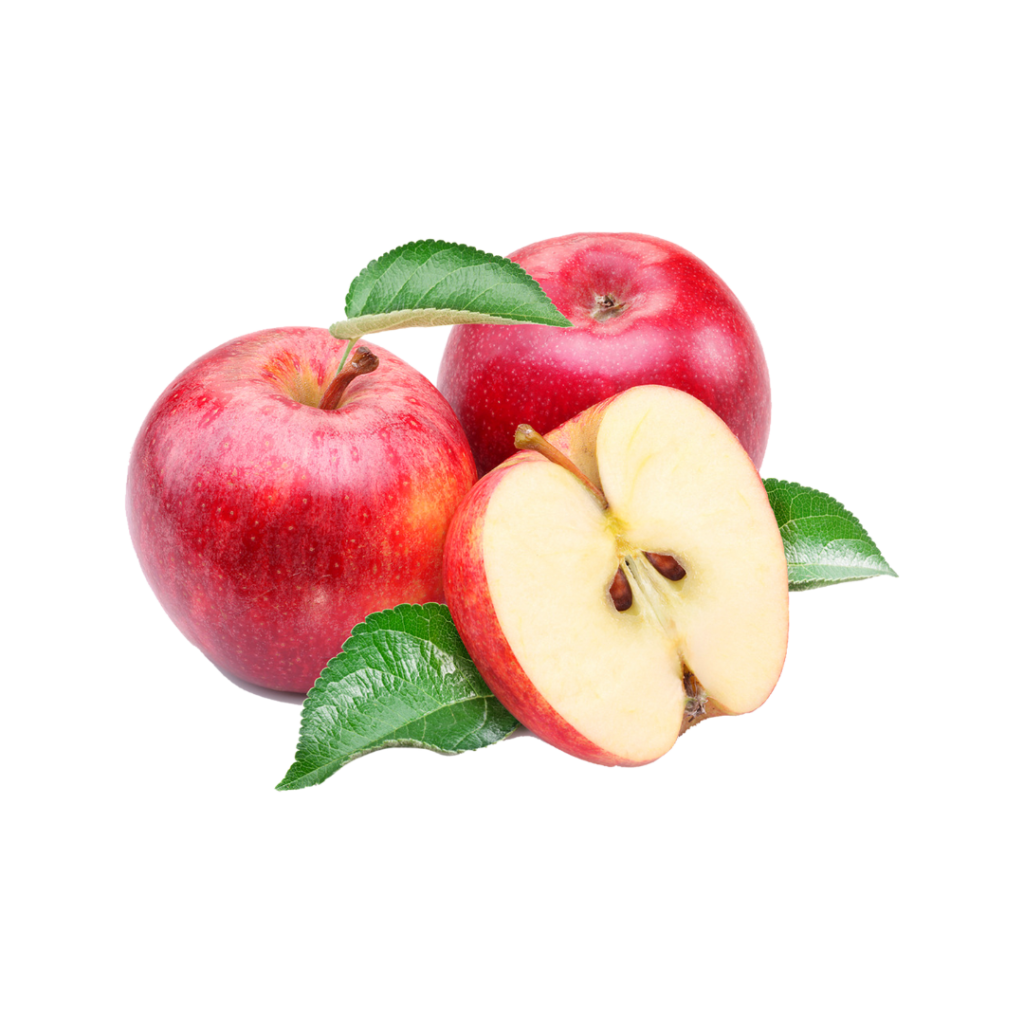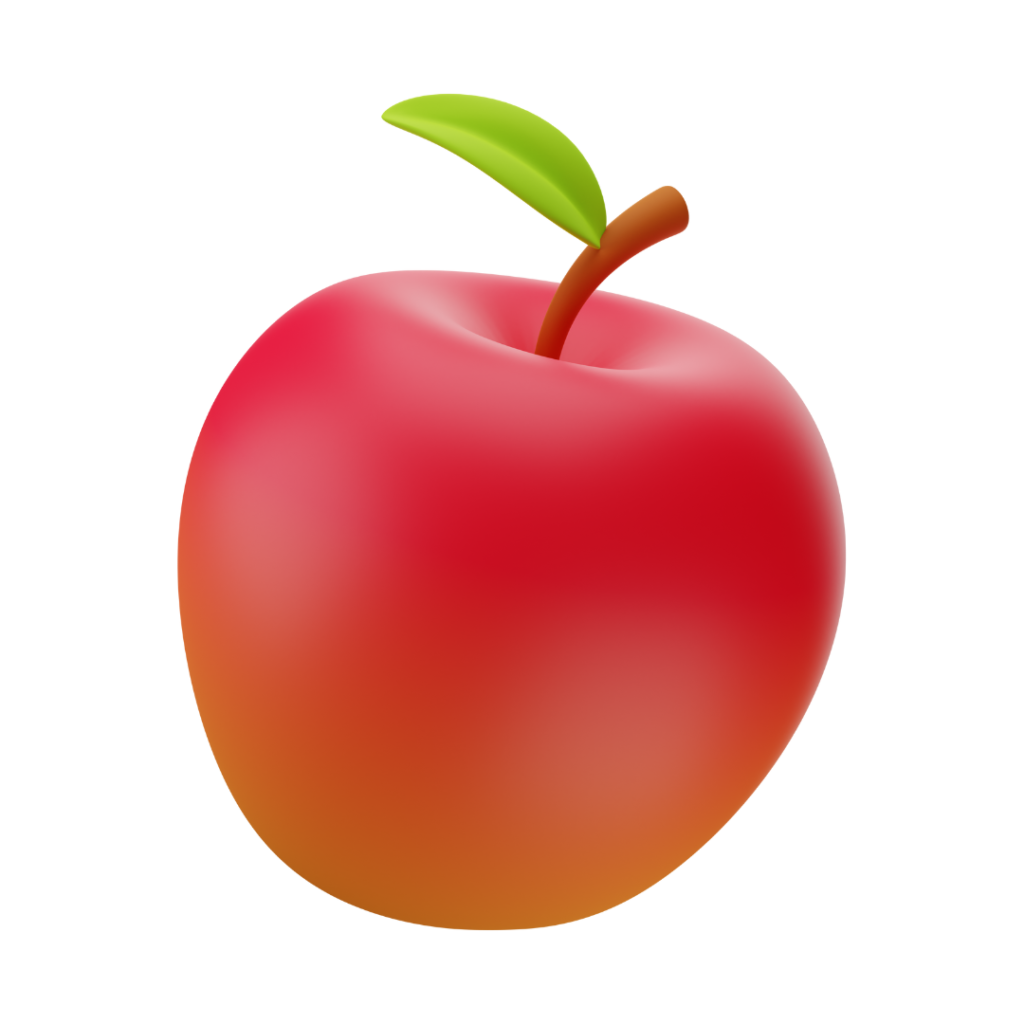Stock, Scion and Interstock – Definitions and Concepts
Stock (Rootstock):
- It is the lower portion of the graft that develops into the root system. It influences growth, resistance, and adaptability.
- Example: Rangpur lime is used as a rootstock for sweet orange due to its drought resistance.
Scion:
- It is the upper part of the graft which is selected for desirable horticultural traits like fruit quality, size, and productivity.
- Example: Alphonso mango scion grafted onto Bappakai rootstock retains Alphonso’s quality with controlled tree size.
Interstock:
- An intermediate segment used between stock and scion. It can address incompatibility, manage tree size or improve graft union.
- Example: In pear, Quince A rootstock is incompatible with some pear varieties, so ‘Old Home’ interstock is used.
Statistical Insight:
- In citrus, Carrizo citrange rootstock occupies over 30% of rootstock use in commercial citrus orchards globally.
- Stock-Scion Relationship
Effect of Stock on Scion:
- Controls vigour: M9 rootstock reduces apple tree height to 40–60% of standard.
- Impacts yield: Grape rootstock Dogridge increases productivity under saline conditions.
- Improves disease resistance: Jatti Khatti rootstock in citrus offers resistance to certain soil-borne pathogens.
Effect of Scion on Stock:
- Some scions can suppress or enhance rootstock growth.
- Example: Sweet orange scion on Swingle citrumelo rootstock shows better nutrient uptake.
Statistical Insight:
- Studies show that using M9 rootstock in apples can lead to 60–80% increase in yield efficiency (kg fruit per cm² trunk area) compared to seedling rootstocks.
- Interstock Use and Effects
Functions of Interstock:
- Overcomes graft incompatibility.
- Induces dwarfing and precocity.
- Improves graft survival and union quality.
Example:
- In apple, using M9 as an interstock on a vigorous MM111 rootstock balances tree vigor and ensures compatibility.
Statistical Insight:
- In Japanese apple orchards, over 25% of trees use interstocks to manage tree size and compatibility issues.
- Graft Incompatibility
Definition:
It is the failure of stock and scion to form a functional, long-lasting union due to physiological or genetic differences.
Causes:
- Anatomical mismatch in cambium.
- Biochemical incompatibility (e.g., phenolic accumulation).
- Genetic distance between stock and scion.
Symptoms:
- Bark cracking or bulging at union.
- Yellowing, stunted growth, early leaf fall.
- Sudden death (e.g., pear on incompatible quince).
Examples:
- Mango cv. Neelum shows incompatibility on some wild mango rootstocks.
- Peach and apricot graft failure due to translocated incompatibility.
Statistical Insight:
- More than 40% of incompatibility in temperate fruit crops is attributed to vascular discontinuity at the graft interface.
- Physiology of Rootstock
Functions of Rootstock:
- Absorbs water and nutrients.
- Modifies hormone flow (e.g., cytokinin, auxin).
- Affects flowering and fruiting time.
- Provides tolerance to stresses (salt, drought, cold).
Examples:
- Dogridge grape rootstock shows better salt exclusion capacity.
- Ber rootstock Ziziphus nummularia provides drought tolerance in arid regions.
Statistical Insight:
- In grape, yield on Dogridge rootstock in saline soils is 35–50% higher than on own-rooted vines.
- Top Working
Definition:
Top working involves grafting superior scion varieties on established trees to change their cultivar or rejuvenate old orchards.
Steps:
- Heading back old tree.
- Grafting new scions (cleft or bark grafting).
- Managing sprouts and suckers.
Advantages:
- Quick rejuvenation.
- Multi-varietal trees can be created.
- Faster fruiting than replanting.
Examples:
- In mango, old seedlings are top-worked with Alphonso or Kesar.
- In guava, Allahabad Safeda is top-worked on local seedlings for better yield.
Statistical Insight:
- Top-working in mango improves productivity by 40–60% and shortens the non-bearing period by 2–3 years.
- Factors Affecting Compatibility
- Genetic Relationship:
- Compatibility is better within species or closely related genera.
- Example: Mango on Mangifera indica stock is usually compatible.
- Age and Physiology:
- Stock and scion should be at a similar physiological stage.
- Example: Semi-hardwood scion used on actively growing stock in guava.
- Cambial Contact:
- Perfect alignment is essential.
- Example: In cleft grafting of ber, cambial match determines success.
- Season and Environment:
- Best time is when cambial activity is high – spring or rainy season.
- Example: Citrus budding in July-August gives highest success in north India.
Statistical Insight:
- Improper cambial alignment is responsible for over 50% graft failures in commercial fruit nurseries.
- Recent Research and Applications
Advancements:
- Molecular markers (RAPD, SSR) are being used to predict compatibility.
- Hormonal profiling is done to understand incompatibility responses.
- Use of tissue culture for uniform and disease-free rootstocks.
Examples:
- RAPD analysis used in citrus to select compatible combinations.
- Use of micrografting in mango and citrus in vitro to test compatibility.
Statistical Insight:
Rootstock trials in citrus under ICAR-CCRI have shown Carrizo citrange to be 20% more productive than traditional rough lemon rootstocks in long-term trials.
Crop-wise Rootstock Example Table
Fruit | Common Rootstock | Traits Imparted |
Mango | Bappakai, Olour | Dwarfing, early bearing |
Citrus | Jatti Khatti, Carrizo | Vigour, disease resistance, salt tolerance |
Guava | Psidium friedrichsthalianum | Wilt resistance |
Apple | M9, M26 | Dwarfing, precocity |
Pear | Quince A, Pyrus calleryana | Dwarfing, needs interstock in some combinations |
Grape | Dogridge, 1613C | Salt tolerance, vigor control |
Ber | Ziziphus rotundifolia | Drought resistance |
Statistical Insight:
- Carrizo and Swingle rootstocks together account for more than 50% of citrus rootstocks used in Florida, USA.
- Important Points
- M9 is the most used dwarfing rootstock in apple cultivation worldwide.
- Incompatibility between quince rootstock and pear scion is overcome using ‘Old Home’ interstock.
- Dogridge grape rootstock is highly salt tolerant and increases yield by 35% under saline irrigation.
- Jatti Khatti is the most commonly used citrus rootstock in North India due to its vigour and adaptability.
- Top working is best done in spring (February–March) or monsoon (July–August) depending on region


